Naval ships broken at Wards 1946-1948
| < 1937-1946 | Δ Index | 1949-1955 > |

1946
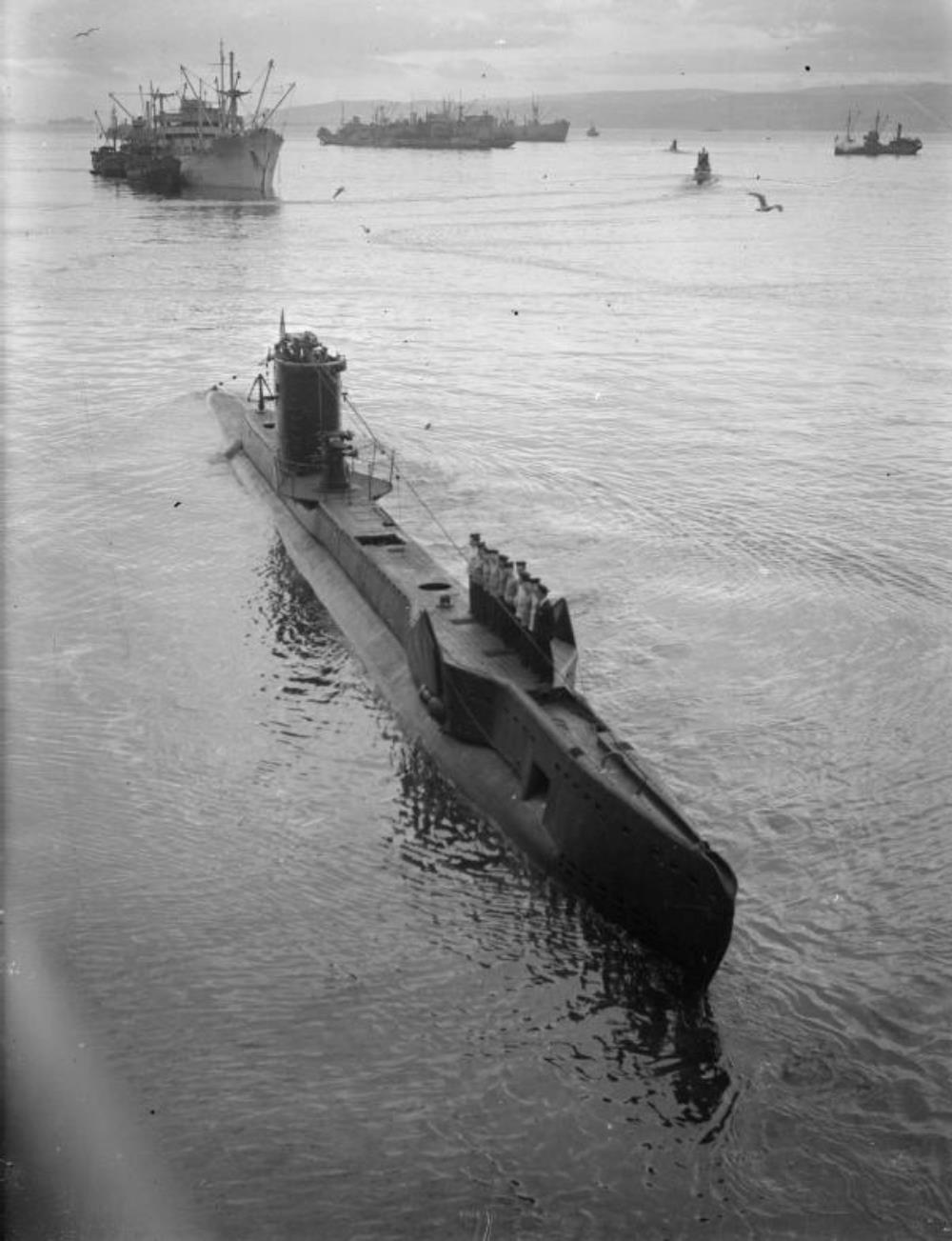 HMS Ultimatum – a U-class submarine
HMS Ultimatum – a U-class submarine
HMS Unsparing – a U-class submarine, built by Vickers Armstrong, Newcastle upon Tyne, launched 28th July 1942, commissioned 29th November 1942
Originally intended for use as training submarines this design was modified to provide gun armament to enable their use in war for short duration patrol duties. Diesel-electric propulsion was used to simplify the arrangements. One short-coming was the absence of a separate gun hatch which was provided in other Classes to enable minimum time possible when fast dive was required. All personnel outside the hull had therefore to use the conning tower hatch. Extensive build of this pre-war design took place during WW2.
Unsparing spent most of her wartime career in the Mediterranean, where she sank the Italian tanker Flegetonte, the German merchant Ingeborg (the former French Ste. Martine), the German submarine chaser UJ 2106 (the former Greek minelayer Tenedos), the German barge Sybille (the former French Caisson) and the German ferry SF 284, as well as six sailing vessels, including the Greek Evangelistria. She also torpedoed and damaged the German merchant Peter, as well as a number of sailing vessels.
Unsparing survived the war and was scrapped at Thos W Ward Inverkeithing in 1946.
wikipedia
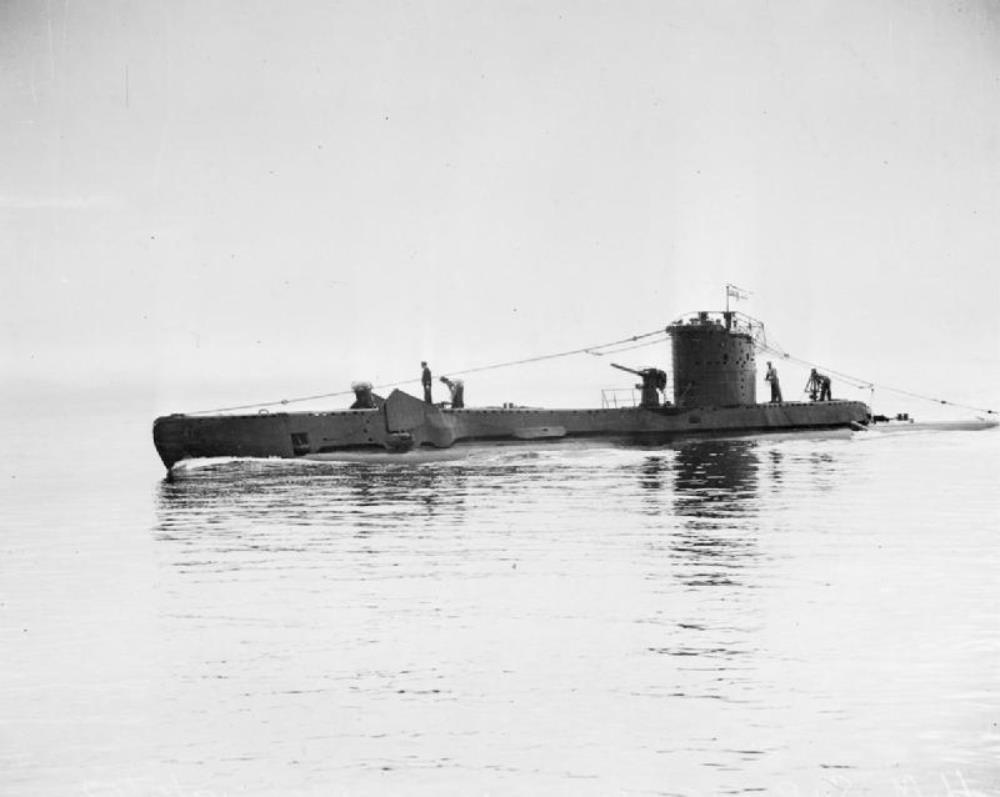 HMS Unruly
HMS Unruly
HMS Unruly – a U-class submarine, built by Vickers Armstrong, Barrow-in-Furness, launched 28th July 1942, commissioned, 3rd November 1942.
Unruly spent most of her wartime career in the Mediterranean, apart from a period on convoy escort duty off the North Cape. Whilst serving in the Mediterranean, she sank the French merchant St Lucien, the Italian merchant Valentino Coda, twelve sailing vessels, and the German minelayer Bulgaria.
Unruly also damaged the Italian tanker Cesco, and the Italian merchant Nicolo Tommaseo. The damaged Nicolo Tommaseo was later sunk by Allied aircraft. Unruly also launched failed attacks on the German merchants Erpel and Pelikan, and an unidentified Spanish merchant.
One of her most significant actions however, was the sinking of the Italian submarine Acciaio during the Allied invasion of Sicily. She was attacked with four torpedoes, at least one of which hit the Italian submarine, which sank her with the loss of all 46 of her crew.
Scrapped at Inverkeithing in February 1946.
wikipedia
Full details of her war history here: www.uboat.net
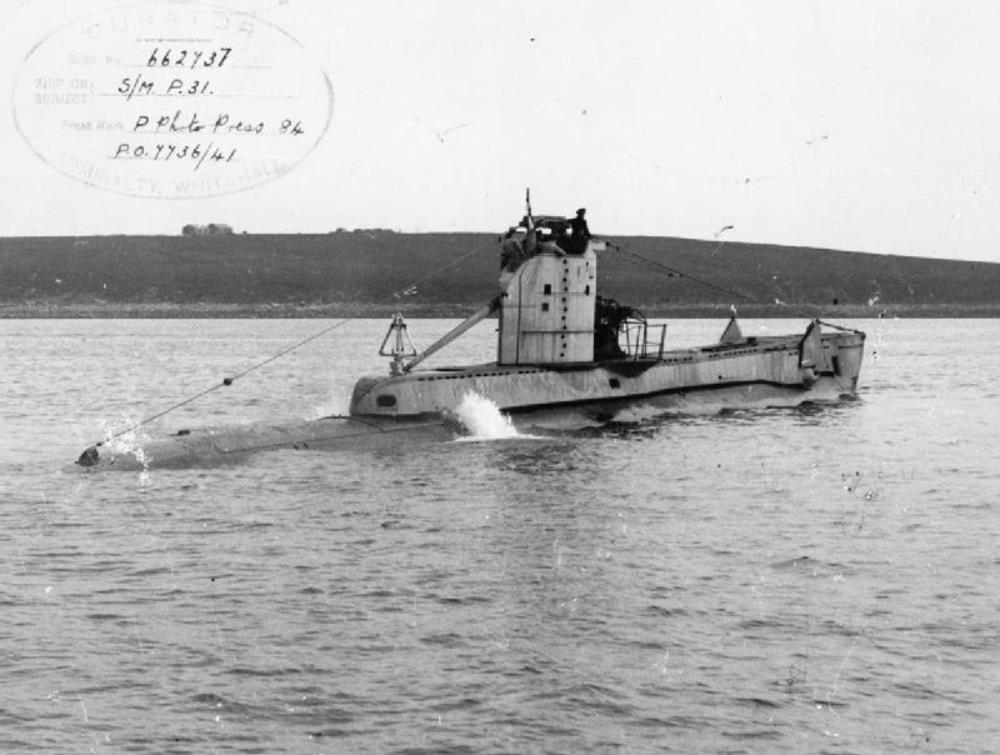 HMS Uproar
HMS Uproar
HMS Uproar – a U-class submarine, built by Vickers-Armstrong at Barrow-in-Furness, Launched, 27th November 1940, commissioned 2nd April 1941. Originally named P 31, renamed Ullswater in February 1943 and finally renamed Uproar in April 1943.
One of her first actions, whilst serving as P 31, was to participate in the operation that led to the sinking of the Bismarck, though she did not see action directly.
Uproar spent most of the war operating in the Mediterranean as part of the 10th flotilla, using Malta as a base. She sank the Italian auxiliary patrol vessel D-15/Brindisi, the Italian merchant Chietti (the former French Artesien), and the small Italian passenger ship Andrea Sgarallino . She also sank the Italian merchant Marin Sanudo. Uproar was subsequently attacked by depth charges from the Italian torpedo boats Cigno and Procione.
Other targets included the German tankers Champagne, and Matera and the German troop transport Virgilio.
Uproar also unsuccessfully attacked the Italian merchant Chisone, the German submarine U-466 and the Italian light cruiser Raimondo Montecuccoli. She also participated in operations Harpoon and Vigorous in June 1942.
Uproar survived the war and was sold for scrap on 13 February 1946, and scrapped at Thos W Ward Inverkeithing.
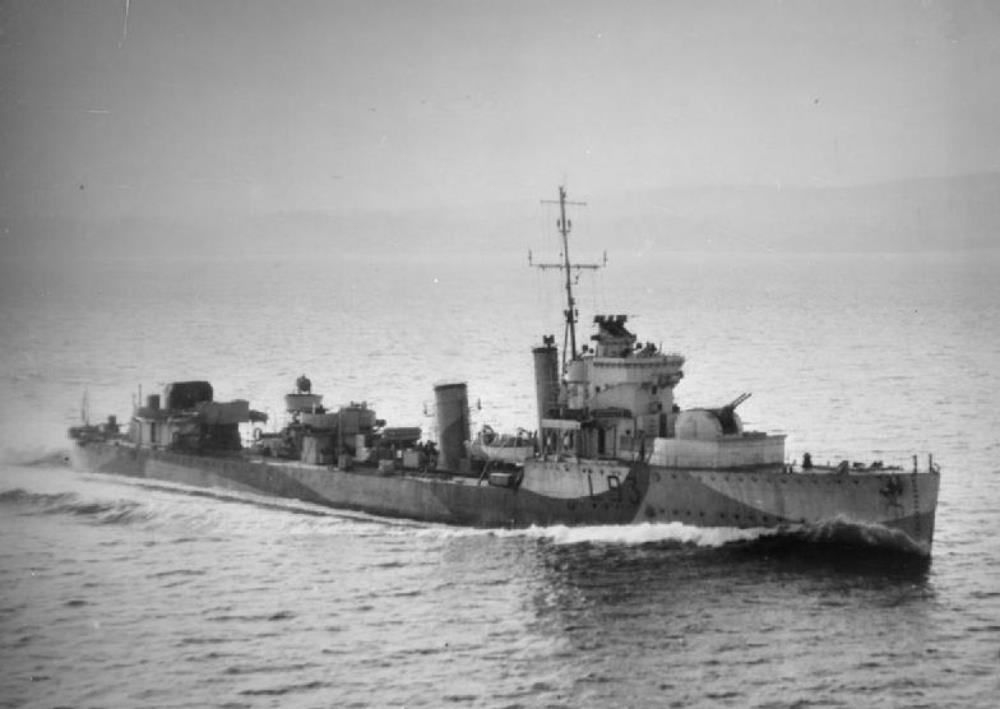 HMS Verdun
HMS Verdun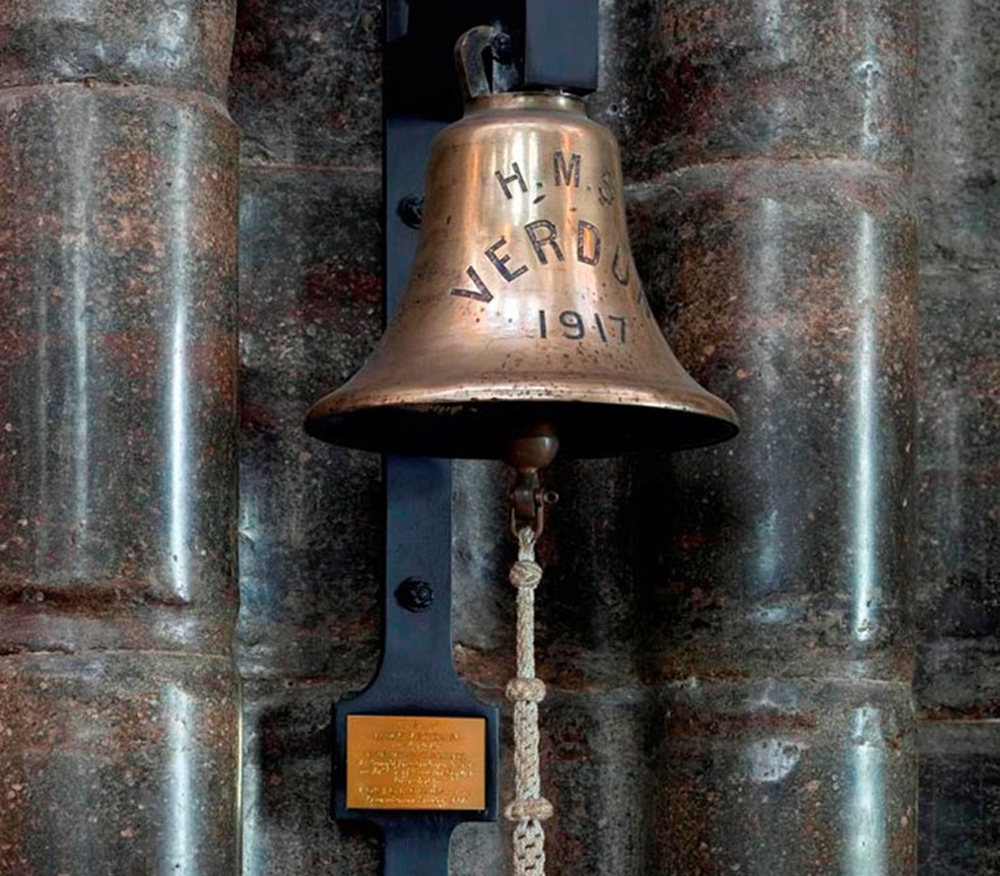 Her ship’s bell now hangs on a pillar in Westminster Abbey, close to the Tomb of the Unknown Warrior.
Her ship’s bell now hangs on a pillar in Westminster Abbey, close to the Tomb of the Unknown Warrior.
HMS Verdun – a V-class destroyer built by Hawthorn Leslie and Company, Tyneside, launched 21st August 1917, commissioned 3rd November 1917.
She served with the Grand Fleet and the Harwich Force.
Verdun was selected to carry the Unknown Warrior across the English Channel because her name would be a tribute to the French people and the endurance of their armies at Verdun in 1916.
She was in reserve at Rosyth until September 1939, when she was converted into an anti-aircraft escort (WAIR) at Chatham Dockyard. She operated as a convoy escort out of Rosyth and in the North Sea. In November 1941, she was in sustained action against an attack by German E-boats; three British merchant ships were sunk in the engagement. From February to April 1942 she formed part of the escort screen for heavy units of the Home Fleet that were supporting the Arctic convoys.
Verdun was placed in reserve after VE Day and then sold to be scrapped at Granton, Edinburgh, in April 1946.
wikipedia
www.naval-history.net
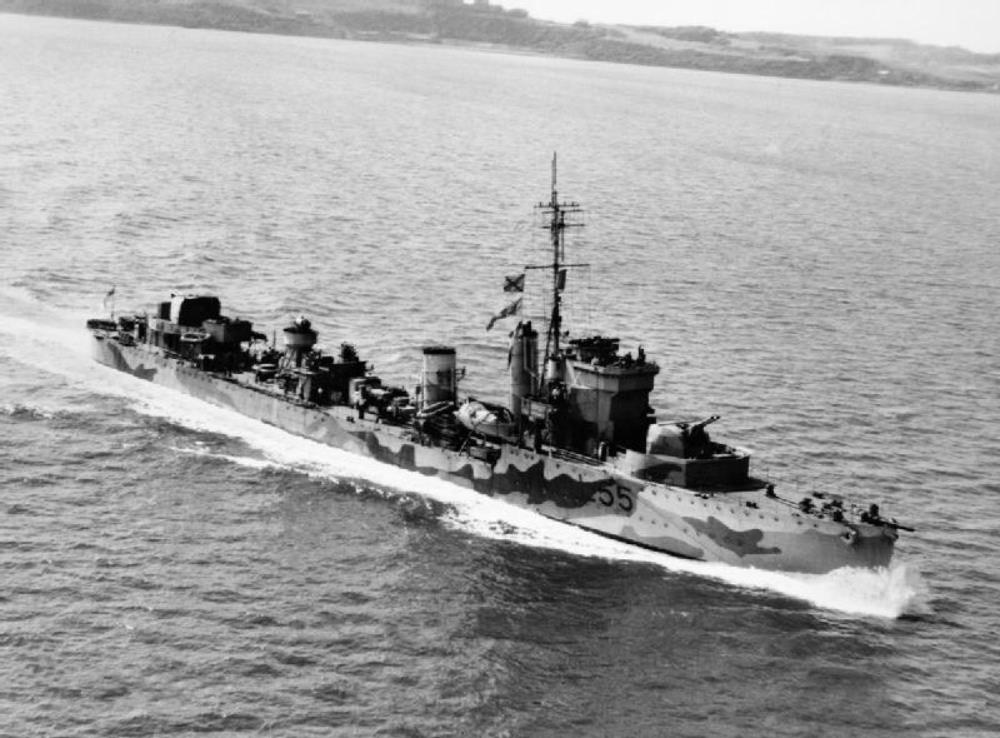 HMS Winchester
HMS Winchester
HMS Winchester – a W-class destroyer built by J. Samuel White, East Cowes, Isle of Wight, launched 1st February 1918, completed 29th April 1918
Completed towards the end of the First World War, Winchester went on to be part of operations against the Bolsheviks in the Baltic Sea.
In 1936, under the command of Captain W.N.T. Beckett RN, HMS Winchester fulfilled King George V’s dying wish for his beloved racing yacht HMY Britannia to follow him to the grave. Her hull was towed out to St Catherine’s Deep near the Isle of Wight, and she was sunk by HMS Winchester.
After the Second World War the ship was placed on the reserve list, and was sold in March 1946. The ship was scrapped in Inverkeithing.
1947
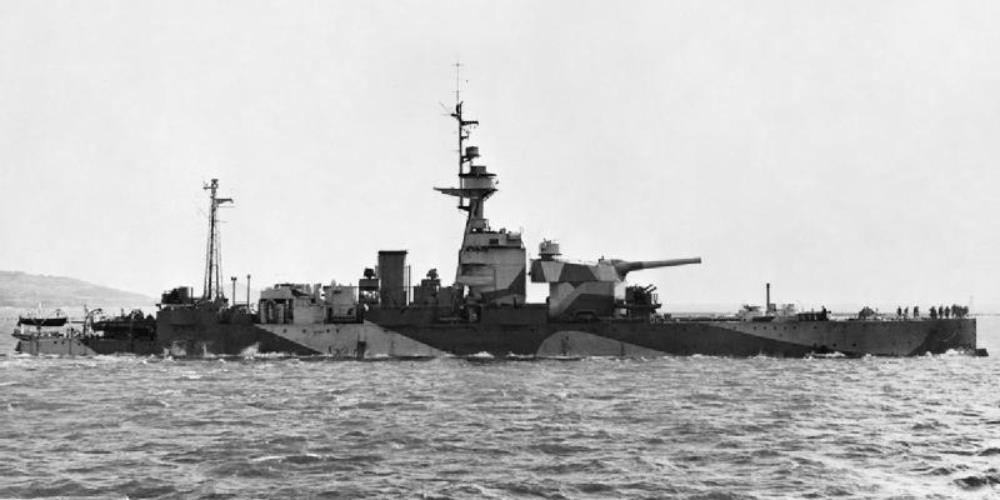 HMS Erebus
HMS Erebus
HMS Erebus – Monitor – built by Harland & Wolff, Govan, launched 19th June 1916, commissioned 2nd September 1916
Monitors were designed as stable gun platforms with a shallow draught to allow operations close inshore in support of land operations. Erebus was equipped with two 15 in guns in a single forward turret mounted on a tall barbette to extend the range of fire to 40,000 yd, outranging German heavy shore
During the First World War, Erebus bombarded German naval forces based at the Belgian ports of Ostend and Zeebrugge.
In 1919, Erebus took part in the British Invasion of Russia providing gunfire support in the White Sea and in the Baltic Sea.
Erebus was used for coastal bombardment during the Normandy Landings on 6 June 1944, firing at the batteries at Barfleur and La Pernelle. She suffered one 15-inch gun destroyed due to a premature explosion of the high explosive round in the bore.
On 10 August 1944, she was used against the defenders of the harbour at Le Havre. She was damaged by the battery at Clos des Ronces and was out of action for some time. In November 1944, she supported Operation Infatuate, the amphibious assault on Walcheren, Netherlands.
She was scrapped in July 1946 and sold to Thomas Ward, Inverkeithing
It is believed that one of Erebus’ 15-inch guns was used to equip Vanguard, the Royal Navy’s last battleship.
wikipedia.org
1948
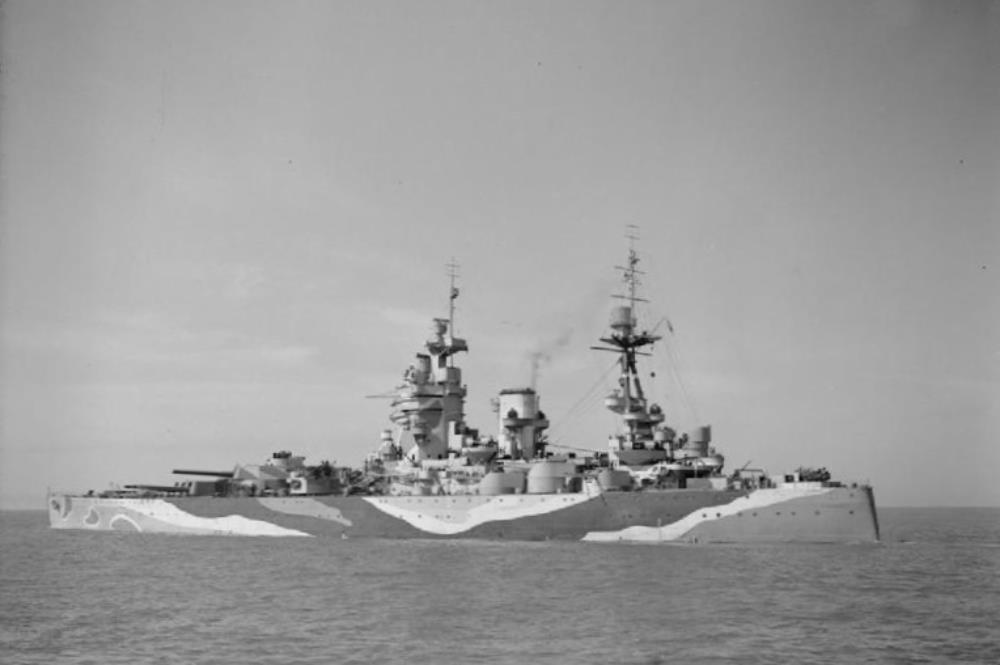 HMS Rodney
HMS Rodney
HMS Rodney – Nelson-class battleship, built by Cammell Laird, Birkenhead, launched 17th December 1925, commissioned 10th November 1927.
The ship entered service in 1928, and spent her peacetime career with the Atlantic and Home Fleets, often as a flagship. During the early stages of the Second World War, she searched for German commerce raiders, participated in the Norwegian Campaign, and escorted convoys in the Atlantic Ocean. Rodney played a major role in the sinking of the German battleship Bismarck in mid-1941.
After a brief refit in the United States, she escorted convoys to Malta and supported the British invasion of French Algeria (Operation Torch) in late 1942, and the invasions of Sicily (Operation Husky) and Italy (Operation Avalanche) in mid-1943. During the Normandy landings in June 1944, Rodney participated in several coastal bombardments.
In poor condition from extremely heavy use and a lack of refits, she was reduced to reserve in late 1945 and scrapped in 1948.
 HMS Revenge
HMS Revenge
HMS Revenge – Revenge-class super-dreadnought battleship built by Vickers Limited, Barrow-in-Furness, launched 29th May 1915, commissioned 1st February 1916.
During the Battle of Jutland, she engaged German battlecruisers, damaging two of them. Revenge emerged from the battle unscathed, but she saw no further action during the war.
During the 1920s and 1930s, Revenge alternated between the Atlantic Fleet and the Mediterranean Fleet.
With the outbreak of the Second World War, Revenge was used to escort convoys and transport significant quantities of the country’s gold reserves to Canada as part of Operation Fish; these activities continued into 1940. She was involved in the seizure of French warships in Portsmouth after the French surrender in July 1940.
In October 1940, she conducted Operation Medium, an attack on German transport ships that had been collected along the English Channel in preparation for the since-cancelled invasion of Britain. Revenge thereafter resumed convoy escort duties until October 1941, when she was reassigned to the 3rd Battle Squadron and sent to the Far East as tensions with Japan began to rise. Revenge and her sister ships were deemed too old to be of use against the Japanese fleet, so they were relegated to convoy escort duties in the Indian Ocean.
Badly worn out by 1943, Revenge returned home, where she was removed from front-line service. Her last voyage was to carry Prime Minister Winston Churchill to the Tehran Conference in November 1943. Upon returning, she was assigned to the training establishment HMS Imperieuse, disarmed, and eventually broken up in 1948 – Thomas Ward, Inverkeithing.
Some of Revenge’s gun-turret rack and pinion gearing was reused in the Mark I radio telescope built at Jodrell Bank in the 1950s.
 A Z-class whaler in dazzle camouflage
A Z-class whaler in dazzle camouflage
HMS Bowhead (Z4) – an Admiralty Z-class whaler, designed and built by Smiths Dock, Teeside, launched 26th June 1915.
From 1915-18, served as coastal anti-submarine escort in one of three squadrons, based at Stornoway, Shetlands, Peterhead or the Humber. Sold 20th April 1920 to A. J. Ashwin
Fifteen of these boats were ordered from Smith’s Dock South Bank shipyard on the Tees in March 1915 to combat the U boat threat. All were completed between August and November 1915. The theory was that ships designed to hunt whales would prove successful submarine hunters. Unfortunately although the Z class boats were very manoeuvrable they were not very seaworthy and no more orders were placed.
www.naval-history.net
twmuseums.org.uk
british-registered-whaling-vessels
| < 1937-1946 | Δ Index | 1949-1955 > |